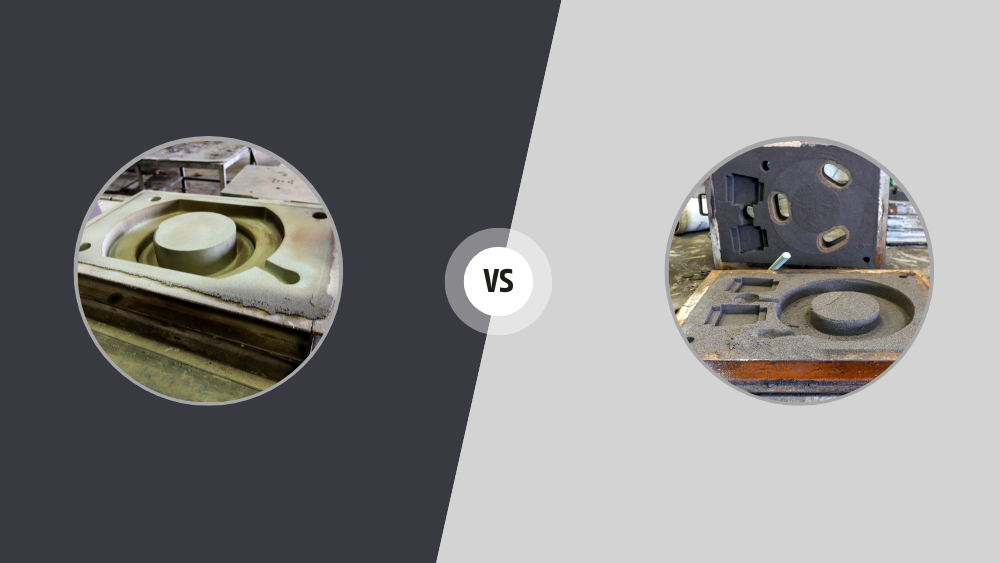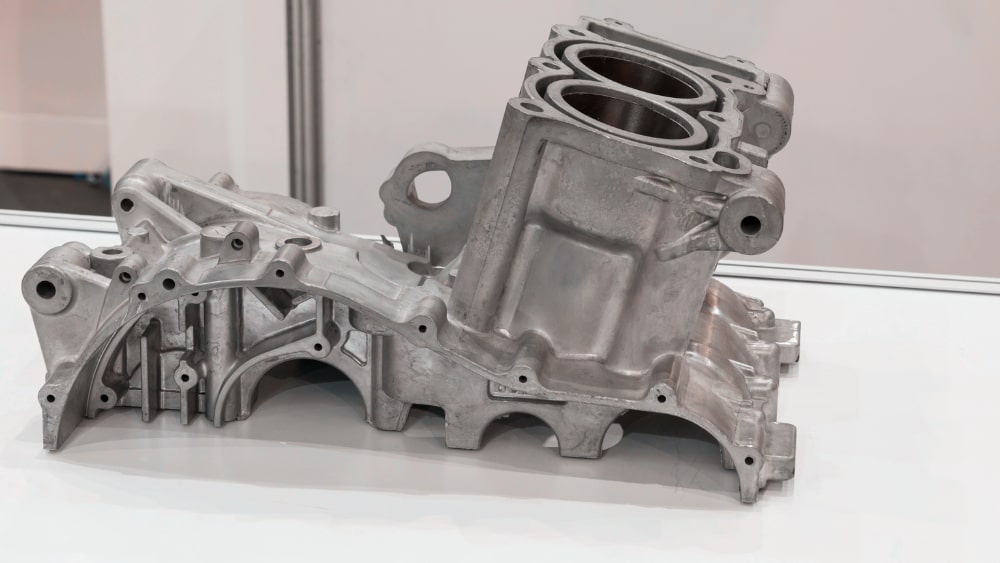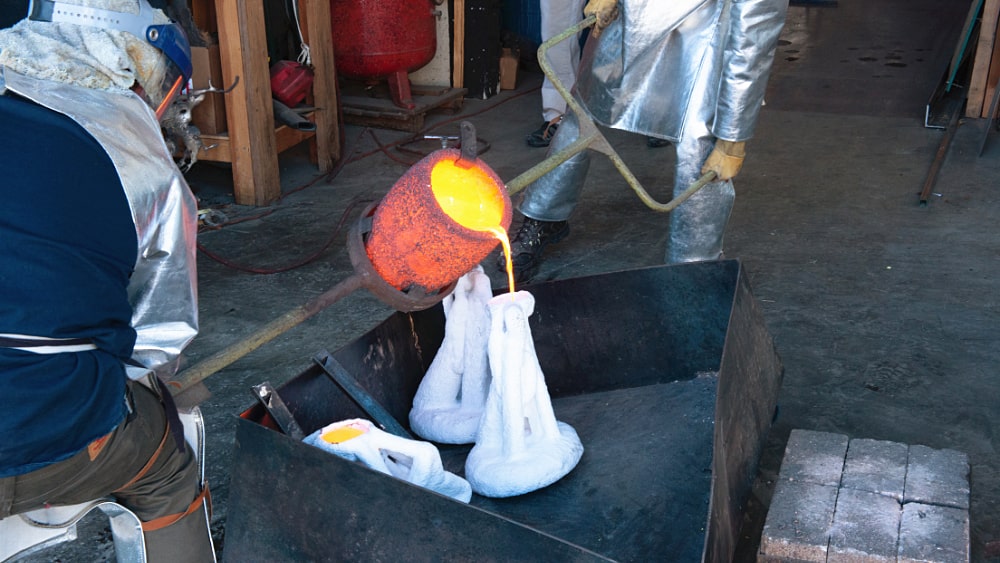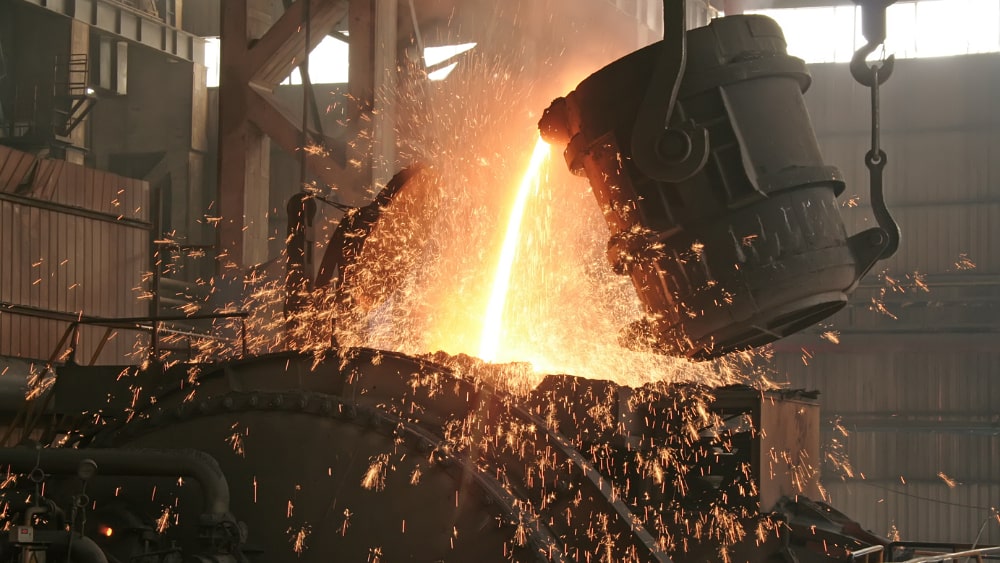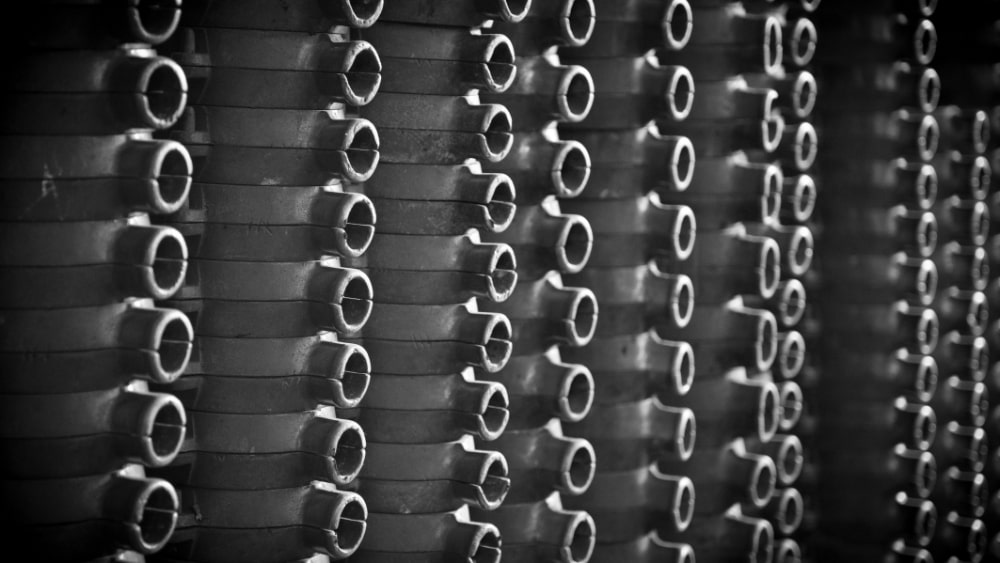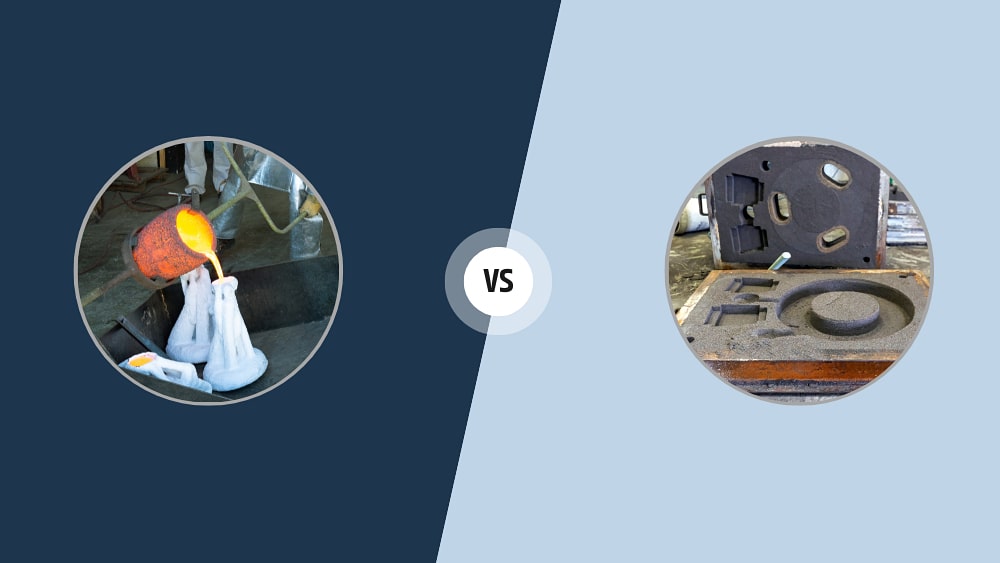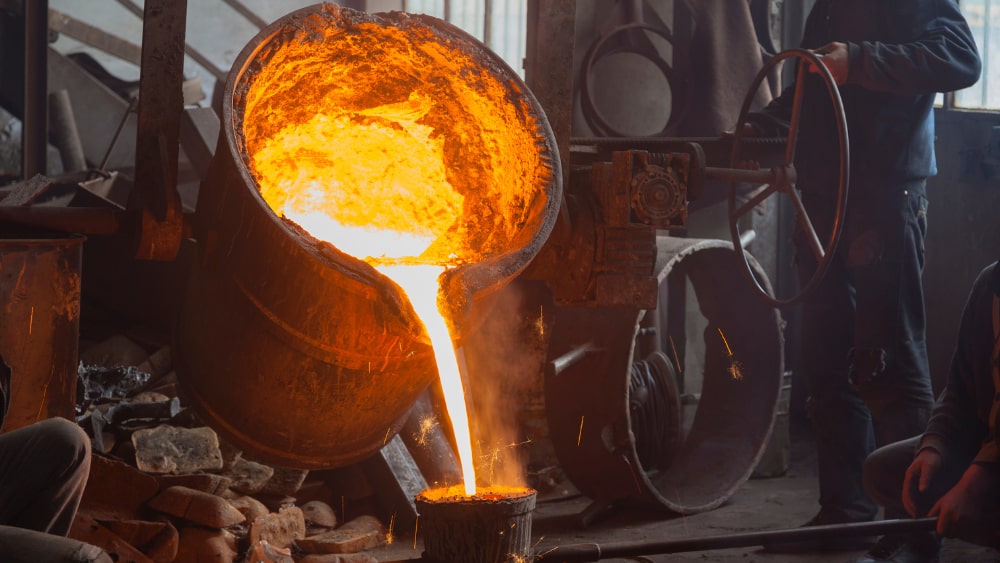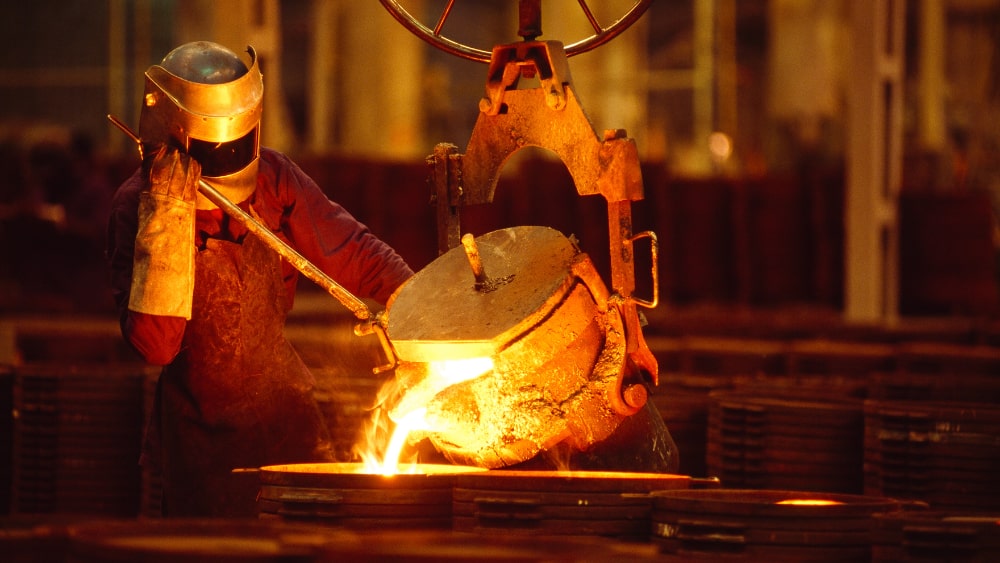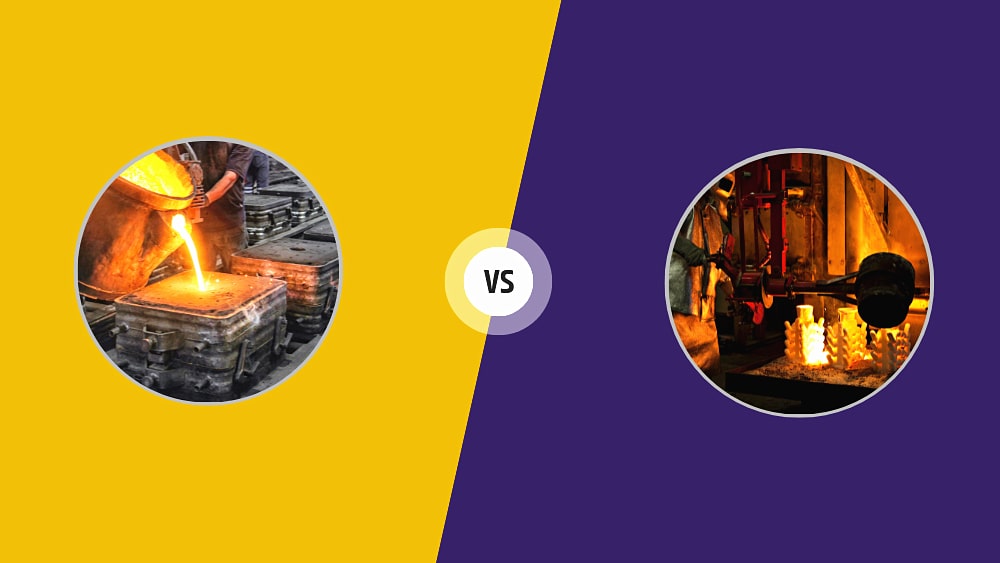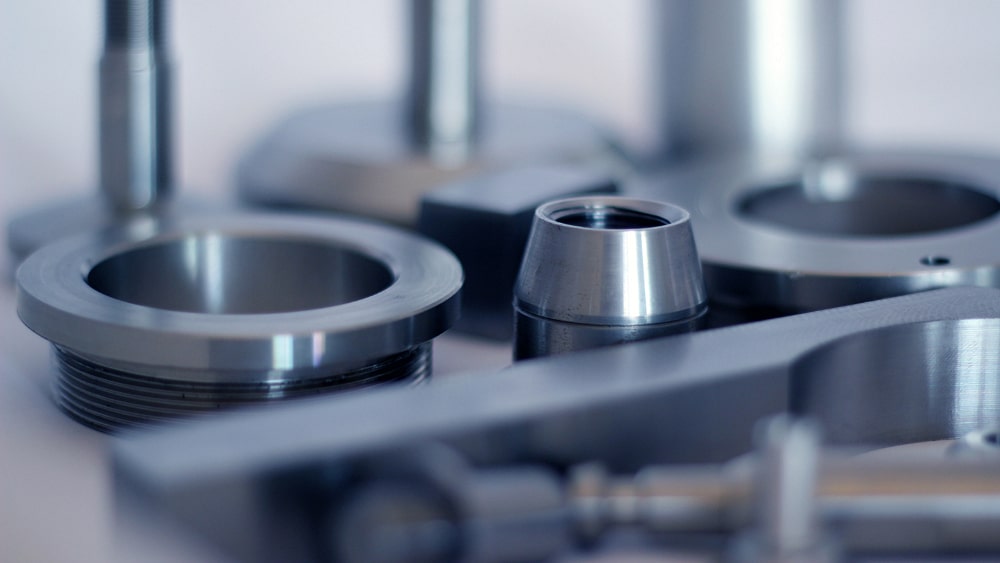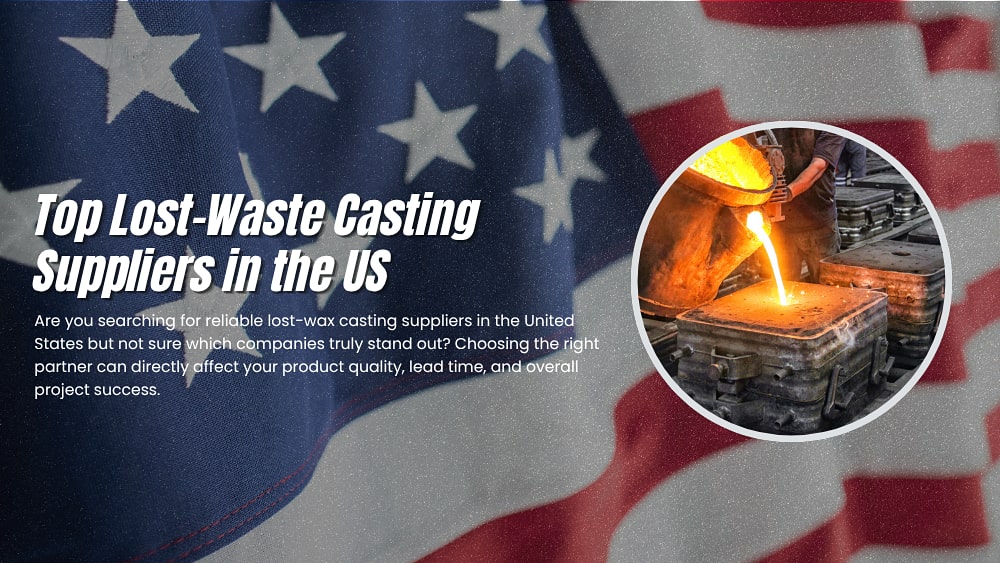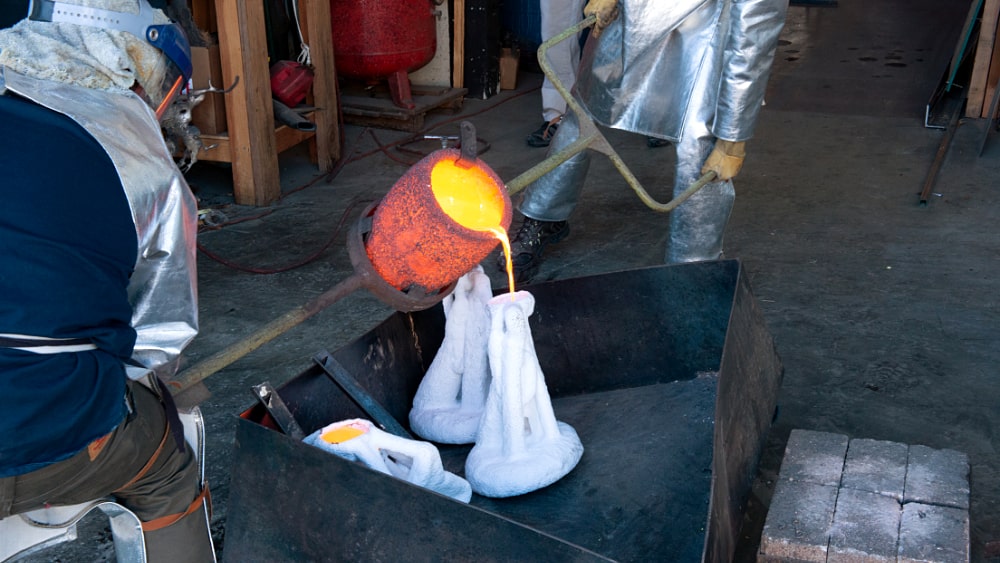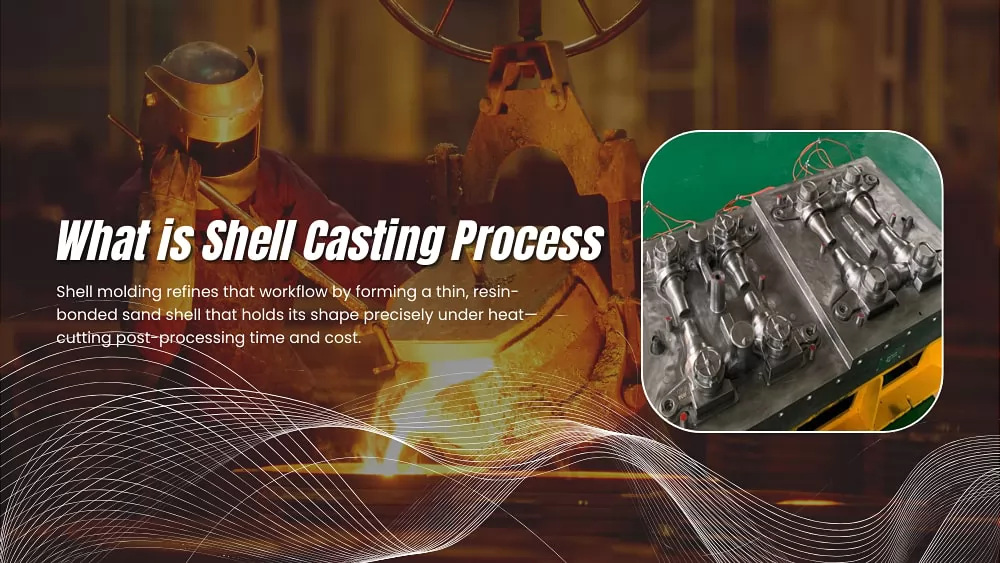
If you’ve ever wondered how industries produce those sleek, high-precision metal parts that look like they rolled straight out of a futuristic factory, the secret may be shell casting. This fascinating method has been quietly powering industries like automotive, aerospace, and heavy machinery for decades. In this guide, I’ll take you step by step through the shell casting process, its pros and cons, how it compares with other methods, and why companies like Qianhao are leading the way in this field.
What is Shell Casting?
At its core, shell casting—also known as shell moulding casting—is a type of precision casting process where a thin but strong shell mold is created using resin-coated sand. Think of it as building a delicate eggshell around your favorite toy and then pouring molten metal inside it. Once the metal cools and the shell is broken away, you’re left with a sharp, detailed, and high-quality casting. This process is often compared with investment casting or sand casting, but it holds its own unique charm and efficiency.
Shell Casting Process: 6 Main Steps Explained
Let’s walk through the steps together—imagine we’re in a foundry with sparks flying and the sweet metallic scent in the air.
1. Pattern Preparation
A heated metal pattern is used as the base. The heat ensures that the coated sand sticks properly. Without this step, the entire shell mold would crumble like dry clay.
2. Applying Coated Sand
Resin-coated sand is spread over the hot surface. It fuses instantly, forming the first thin layer of the mold.
3. Layer Build-up
Layers are applied repeatedly, each hardened by heat, until the mold reaches the desired thickness. It’s like layering up a cake—except instead of frosting, you’re adding grains of specialized sand.
4. Mould Assembly
The shell halves are removed from the pattern, carefully trimmed, and then clamped or glued together. Now the mold is ready to receive the molten metal.
5. Metal Pouring
Molten metal, whether steel, iron, or aluminum, is poured into the shell mold. The precision of the shell ensures accurate shapes with minimal finishing required later.
6. Cooling & Shakeout
After cooling, the brittle shell is broken away, revealing the casting inside. Finally, the part undergoes cleaning, trimming, and inspection before being shipped out to the customer.
What are the Main Uses of the Shell Casting Process?
The applications are vast. Shell casting is widely used in the automotive industry for engine blocks, brake drums, and gearbox housings. Aerospace companies use it for high-precision turbine parts. Heavy machinery manufacturers rely on it for pump housings and valve bodies. Basically, anywhere you need detailed, reliable, and durable metal parts, shell casting finds a home.
What are the Advantages of Shell Casting?
- High dimensional accuracy and smooth surfaces
- Reduced machining requirements, saving cost and time
- Ability to handle complex shapes and thin walls
- Repeatable results with high production efficiency
- Less material waste compared to sand casting
If you’ve ever held a beautifully finished automotive part and admired its clean edges, chances are, shell casting had a hand in it.
What are the Disadvantages of Shell Casting?
- Higher tooling and mold preparation costs
- Not suitable for very large castings
- Resin-coated sand is more expensive than regular sand
- Requires precise temperature control and skilled operators
So yes, while the process delivers amazing parts, it’s not always the cheapest or most flexible option—especially if you’re experimenting with oversized pieces.
What is the Range of Materials Suitable for Shell Casting?
One of the strengths of shell casting is its versatility with materials:
- Ferrous metals: gray iron, ductile iron, carbon steel, alloy steel
- Non-ferrous metals: aluminum, bronze, copper alloys
Whether you need the strength of iron or the lightweight qualities of aluminum, the shell moulding casting process can accommodate both.
Comparison of Shell Casting with Other Casting Processes
Feature Shell Casting Sand Casting Investment Casting Die Casting Surface Finish Smooth Rough Very Smooth Smooth Dimensional Accuracy High Moderate Very High High Cost Medium Low High High (for tooling) Part Size Small to Medium Any size Small to Medium Small to Medium Applications Automotive, machinery General heavy parts Aerospace, jewelry Mass production of light alloys
This comparison shows that shell casting sits comfortably between traditional sand casting and high-cost investment casting—offering precision at a reasonable price.
What are the Best Shell Casting Service Companies?
Globally, several foundries specialize in shell moulding casting, especially in automotive and industrial markets. However, China has emerged as a hub due to its combination of advanced technology, competitive costs, and strong export services. Companies like Qianhao have built reputations for delivering reliable shell casting services to clients worldwide, from Europe to North America.
FAQ
What is the difference between shell moulding and shell casting?
Shell moulding refers to the process of creating the shell mold itself, while shell casting is the overall process of using that mold to cast metal parts.
Is shell casting expensive?
It’s more costly than sand casting but cheaper than investment casting. For medium-scale precision work, it offers the best value.
What size parts can be made?
Generally small to medium-sized components. Large parts are better suited for traditional sand casting.
How strong are shell cast parts?
Very strong and reliable, especially when using ferrous metals like steel or iron.
What industries use shell casting the most?
Automotive, aerospace, pump and valve manufacturing, and heavy equipment industries.
Trust Qianhao to Meet Your Casting Needs
When it comes to shell casting services, you need a partner who understands precision, quality, and global standards. Qianhao has decades of experience, a skilled workforce, and advanced production facilities in China. Our castings are trusted worldwide for their accuracy and durability. Whether you’re in automotive, aerospace, or industrial manufacturing, we’ve got the solutions to keep your production moving smoothly.
Ready to take your projects to the next level? Contact Qianhao today and let’s make precision casting work for you.

